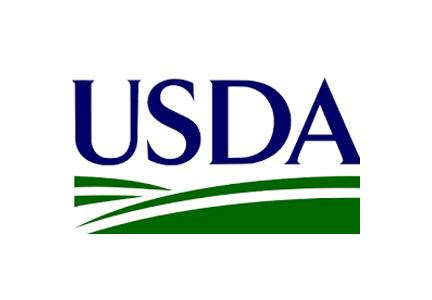USDA Reminds Minnesota Producers to File Crop Acreage Reports

Agricultural producers in Minnesota who have not yet completed their crop acreage reports after planting should make an appointment with their U.S. Department of Agriculture (USDA) Farm Service Agency (FSA) service center before the applicable deadline.
“Many USDA programs require producers to file an accurate crop acreage report by the applicable deadline,” said Whitney Place, State Executive Director in Minnesota. “Once planting is complete, call your local FSA office to make an appointment to report your acreage. Our FSA staff can assist producers in completing acreage reports, including providing maps.”
An acreage report documents a crop grown on a farm or ranch and its intended uses. Filing an accurate and timely acreage report for all crops and land uses, including failed acreage and prevented planted acreage, can prevent the loss of benefits.
How to File a Report
The following acreage reporting dates are applicable in Minnesota:
- July 17, 2023 – Spring seeded crops including Hemp and Wild Rice
- August 15, 2023 – Beans other than dry edibles
- September 30, 2023 – Turfgrass Sod and Floriculture
- November 15, 2023 – Apiculture and Fall-Seeded Small Grains
Acreage Reporting Exceptions
The following exceptions apply to acreage reporting dates:
- If the crop has not been planted by the acreage reporting date, then the acreage must be reported no later than 15 calendar days after planting is completed.
- If a producer acquires additional acreage after the acreage reporting date, then the acreage must be reported no later than 30 calendar days after purchase or acquiring the lease. Appropriate documentation must be provided to the county office.
- Noninsured Crop Disaster Assistance Program (NAP) policy holders should note that the acreage reporting date for NAP-covered crops is the earlier of the dates listed above or 15 calendar days before grazing or harvesting of the crop begins.
Producers should also report crop acreage they intended to plant, but due to natural disaster, were unable to because of a natural disaster.
Prevented planting acreage must be reported on form CCC-576, Notice of Loss, no later than 15 calendar days after the final planting date as established by FSA and USDA’s Risk Management Agency.
FSA offers continuous certification for perennial forage. This means after perennial forage is reported once and the producer elects continuous certification, the certification remains in effect until a change is made. Check with FSA at the local USDA Service Center for more information on continuous certification.
Farmers.gov Portal
Producers can access their FSA farm records, maps and common land units through the farmers.gov portal. Through a new mapping feature, producers can import and view other shapefiles, such as precision agriculture planting boundaries. This allows producers to view, save, print and label their own maps for acreage reporting purposes. To access mapping features and other helpful on-line tools, producers need level 2 eAuth access linked to their Business Partner customer record. Visit farmers.gov/account to learn how to create a farmers.gov account.
In addition to mapping tools, a farmers.gov account offers a variety of self-service opportunities for FSA and Natural Resources Conservation Service (NRCS) customers, including managing FSA farm loans and NRCS conservation contracts.
Video tutorials, including how to use mapping tools, are available on the farmers.gov YouTube channel. Learn more about a farmers.gov account.
More Information
Producers can make an appointment to report acres by contacting their local USDA Service Center.

